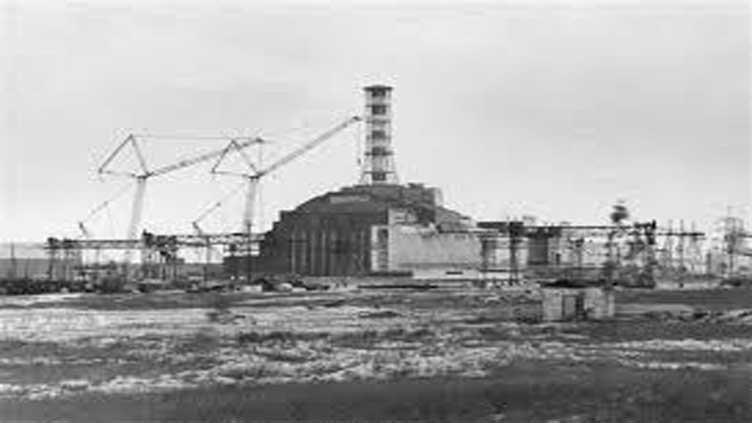Elevated radiation levels due to forest fire near Chornobyl, says Norway

World
Elevated radiation levels due to forest fire near Chornobyl, says Norway
OSLO (Reuters) - Norway said on Wednesday that elevated levels of radioactive caesium (Cs-137) it had detected near the Arctic border with Russia were likely due to a forest fire near Chornobyl in Ukraine, the site of the world's worst nuclear accident.
The Norwegian Radiation and Nuclear Safety Authority (DSA) said in a statement on Tuesday that it had measured "very low" levels of radioactive caesium at Svanhovd and Viksjoefjell near the Arctic border with Russia.
The authority detected elevated levels of radioactive caesium at Svanhovd from Sept. 9-16 and at Viksjoefjell from Sept. 5-12, but the levels didn't pose a risk to humans or the environment, it added.
"DSA always finds caesium at all air filter stations in Norway, and this often comes from stirred-up dust from old fallout from the Chornobyl accident," it said in an update on Wednesday.
"This time it is most likely that the forest fire around Chornobyl is to blame."
Finland's radiation and nuclear authority also said that slightly higher levels of caesium had been detected at all eight of its collection stations.
"The detected amounts are very small," it said.
The highest observed result now has been 11 microbecquerels per cubic meter while normal readings at the stations are less than one microbecquerel per cubic meter, it said, adding that such readings were still very small.
It said that the average radon concentration in Finnish homes was 90 becquerels per cubic meter - over a million times higher.
"So these are minuscule amounts," it said.
On April 26, 1986, Reactor No. Four of the Soviet Union's Chornobyl nuclear power plants went out of control, leading to an explosion and fire that demolished the reactor building and released large amounts of radiation into the atmosphere.
The accident spread Iodine-131, Caesium-134, and Caesium-137 across parts of northern Ukraine, Belarus, Russia, and northern and central Europe.
On Sept. 9, Ukraine's State Emergencies Service (DSNS) said 399 firefighters were involved in putting out a fire on open territory in the Kyiv region.
That statement said that experts had conducted an assessment and found that the levels of radiation were within the norm. The statement did not specify where the fire was, but a spokesperson for the DSNS later confirmed to Ukrainska Pravda, a Ukrainian media outlet, that the fire was in the Chornobyl exclusion zone.
"We have speculated that the emissions could originate from forest fires in the Ukraine area, which might have lifted radioactivity into the air," Finland's nuclear authority said, adding that air currents had been coming from the direction of Chornobyl.
When asked about the elevated radiation readings on Wednesday, the Kremlin said that Russian services had not issued any alerts on higher levels of radiation in the atmosphere.
"There were no warnings from our relevant services about an increased level of certain isotopes in the atmosphere, there were no warnings about threats to human health either," Kremlin spokesman Dmitry Peskov told reporters.



